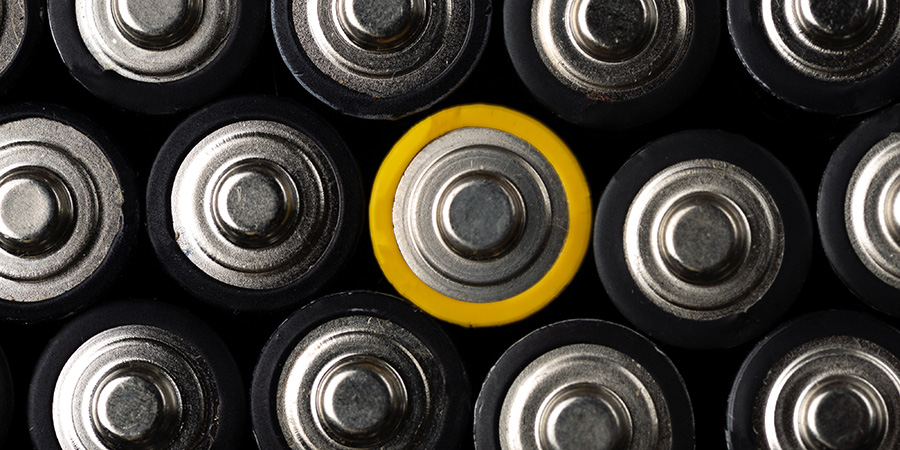Single Crystal Turbine Blade Named ASME’s 265th Landmark
Single Crystal Turbine Blade Named ASME’s 265th Landmark
Last month, Pratt & Whitney’s single crystal turbine blade was designated as an ASME Historic Mechanical Engineering Landmark at a ceremony at the New England Air Museum in Windsor Locks, Conn. The innovative blade, which is ASME’s 265th landmark, is credited with improving jet engine efficiency, lowering emissions and extending time intervals between engine repairs.
The landmark ceremony, which was held Feb. 21, drew a crowd of approximately 75 people including senior Pratt & Whitney personnel, former Pratt & Whitney employees who helped design the turbine blade, ASME History & Heritage Committee member Lee Langston, who was also involved in designing the blade, and friends of the New England Air Museum. The event was also attended by ASME Past President Gene Feigel, who presented the landmark plaque, and ASME Past President Bill Weiblen.
The single crystal turbine blade was developed in the early 1960s at Pratt & Whitney’s Advanced Materials Research and Development Laboratory (AMRDL) by a team led by Maurice “Bud” Shank and Frank VerSnyder, who were attempting to develop a stronger, more heat-resistant blade for use in jet engines. The turbine blades traditionally used in jet engines were composed of nickel-based superalloys, which had a crystalline structure with grain boundaries — weakened areas that were susceptible to cracks and fractures. The single crystal turbine blade invented by Shank and VerSnyder’s team had no crystalline boundaries, resulting in greater resistance to fracture and corrosion as well as vastly improved creep performance than nickel alloy blades.
Single crystal turbine components were used for the first time commercially in the early 1980s in the JT9D-7R4 engine for the Boeing 747, Airbus A300 and McDonnell Douglas DC-10. The technology also had military applications in TF30 and F100 jet fighter engines. Pratt & Whitney was recognized for its achievement with the ASM International Materials Achievement Award in 1975 and the National Medal of Technology and Innovation.
“The single crystal turbine blade is a most deserving addition to ASME’s roster of mechanical engineering landmarks,” said ASME President Charla K. Wise. “With this landmark, we recognize the engineering attributes of the single crystal blade, as well as the corporate effort of Pratt & Whitney to develop a technology that contributed to the advancement of the gas turbine industry.”
For more information on the ASME Historic Mechanical Engineering Landmarks program, click here.





